Shuxia Guo
Leibniz IPHT, IPC | Jena, Germany
“Long-term Setup Stability in Raman Spectroscopy”

By indirectly detecting molecular vibrations, Raman spectroscopy provides the unique fingerprints of molecular components under measurement and is playing an increasing role in biological investigations [1]. Its capability is further enhanced by machine learning techniques, in which the spectral fi ngerprints are translated effectively into interpretable knowledge. To push the technology into clinical applications, however, remains challenging due to the substantial variations between different devices and the overtime drifts within one device [2, 3]. The device-relevant spectral variations often disable a machine learning model to be applied on data from a different device or the same device but measured at a different time as the training data.
In this study, we measured 13 substances as quality control references weekly over 10 months on one Raman setup to investigate the instrumental stability and the time-dependence of the variations. The 13 substances were selected to be stable and span a broad range of solvents, lipids, and carbohydrates. 50 Raman spectra were acquired from each substance every measurement day. All spectra were preprocessed to remove spikes and fl uorescence baselines. After investigating the performance of calibrating the wavenumber axis with different standards [4], we characterized the overtime spectral variations of each substance based on the intensity and correlation analysis. The clustering properties were explored across measurement days. With this,
we aim to discover and characterize the overtime stability of the Raman setup, which is important to fi nd a better way of spectral standardization in Raman spectroscopy to push it forward in real clinical applications.
Acknowledgements
We thank the fi nancial support from the EU project Telegraft (No. 101057673). This work is also supported by the BMBF, funding program Photonics Research Germany (FKZ:13N15466 (BT1)) and is integrated into the Leibniz Center for Photonics in Infection Research (LPI). The LPI initiated by Leibniz-IPHT, Leibniz-HKI, UKJ and FSU Jena is part of the BMBF national roadmap for research infrastructures.
